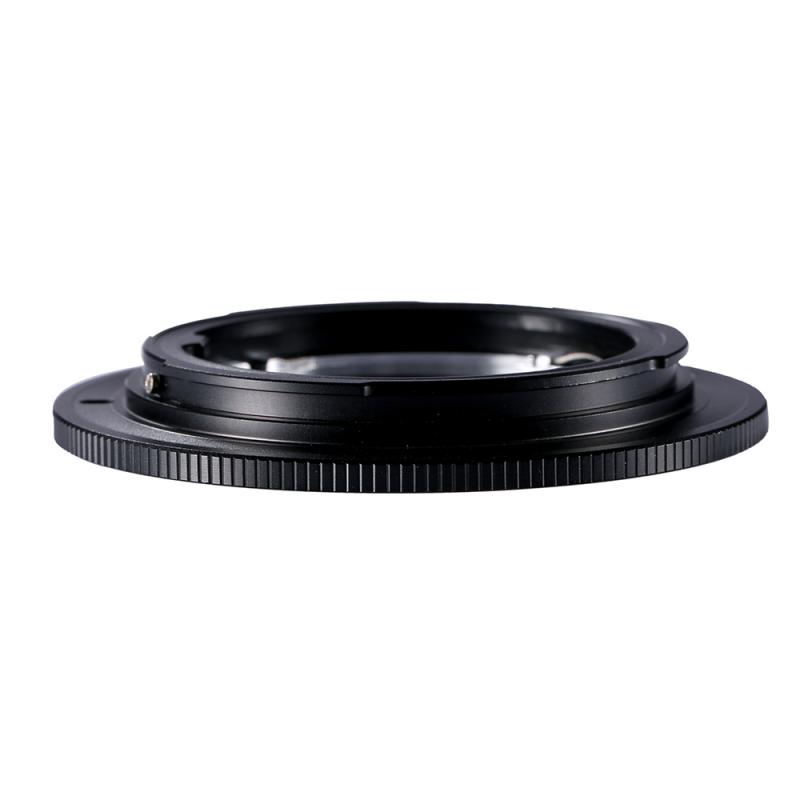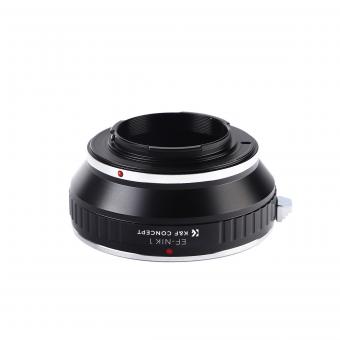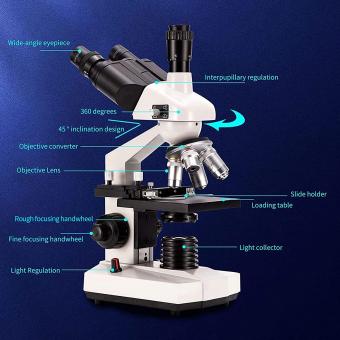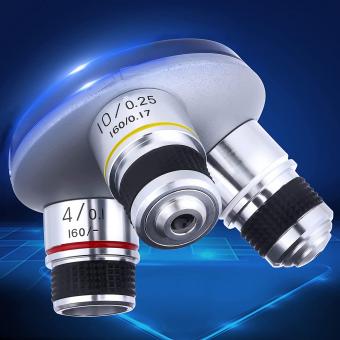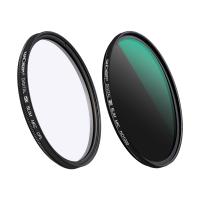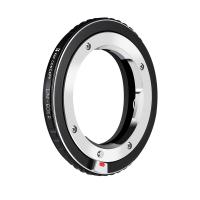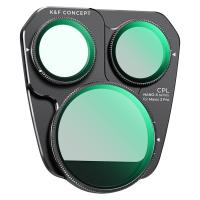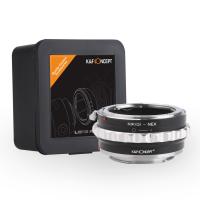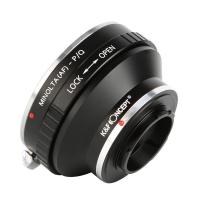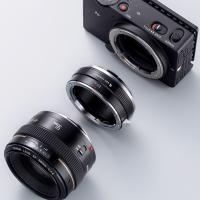How Many Objective Lenses Are On A Microscope ?
A microscope typically has multiple objective lenses, ranging from two to six or more, depending on the specific model and purpose of the microscope.
1、 Monocular microscope: 1 objective lens.
A microscope is an essential tool used in various scientific fields, allowing us to observe and study objects that are too small to be seen with the naked eye. One of the key components of a microscope is the objective lens, which is responsible for magnifying the specimen being observed. The number of objective lenses on a microscope can vary depending on the type of microscope being used.
In the case of a monocular microscope, as the name suggests, there is only one objective lens. This lens is located at the bottom of the microscope's body tube and is responsible for gathering light from the specimen and magnifying it. The magnification power of the objective lens can vary, typically ranging from 4x to 100x or even higher.
However, it is important to note that there are other types of microscopes that may have multiple objective lenses. For example, a binocular microscope typically has two objective lenses, one for each eyepiece, allowing for a more comfortable viewing experience. Similarly, a trinocular microscope has three objective lenses, with the third lens being used for attaching a camera or other imaging device.
It is worth mentioning that advancements in technology have led to the development of microscopes with more complex lens systems. For instance, some modern microscopes may have a revolving nosepiece that can hold multiple objective lenses, allowing the user to easily switch between different magnification powers without having to manually change the lens.
In conclusion, while a monocular microscope typically has only one objective lens, there are other types of microscopes that may have multiple objective lenses. The number of objective lenses on a microscope depends on the specific design and intended use of the microscope.
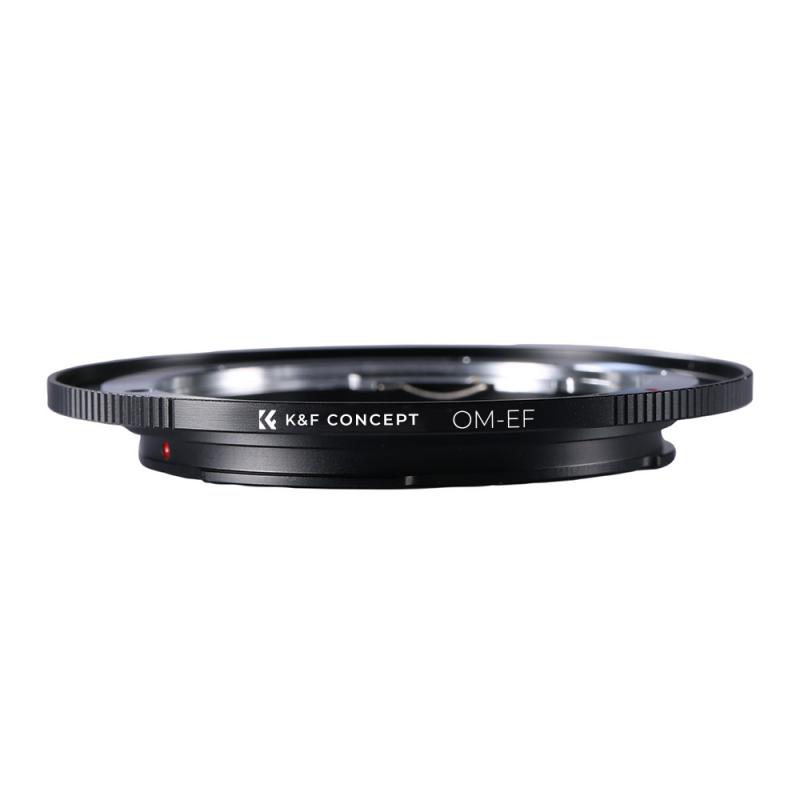
2、 Binocular microscope: 2 objective lenses.
A binocular microscope typically has two objective lenses. These lenses are the primary components responsible for magnifying the specimen being observed. Each objective lens has a different magnification power, allowing the user to switch between different levels of magnification depending on their needs.
The two objective lenses on a binocular microscope are usually labeled as low power (typically 4x or 10x) and high power (typically 40x or 100x). The low power objective lens provides a wider field of view and a lower level of magnification, making it suitable for observing larger specimens or getting an overall view of the sample. On the other hand, the high power objective lens provides a narrower field of view but a higher level of magnification, allowing for more detailed examination of smaller structures.
It is worth noting that some advanced microscopes may have additional objective lenses, such as oil immersion lenses or specialized lenses for specific applications. Oil immersion lenses are used to achieve even higher magnification by immersing the lens in a special oil with a refractive index similar to glass. These additional lenses are typically used in research or specialized fields where higher magnification is required.
In recent years, there have been advancements in microscope technology, including the development of digital microscopes. These microscopes often have built-in cameras and can capture images or videos of the observed specimen. While the basic principle of having two objective lenses remains the same, digital microscopes may offer additional features such as image analysis software or the ability to share images electronically.
In conclusion, a binocular microscope typically has two objective lenses, a low power lens, and a high power lens. However, there may be variations in the number and types of objective lenses depending on the specific microscope model and its intended use.
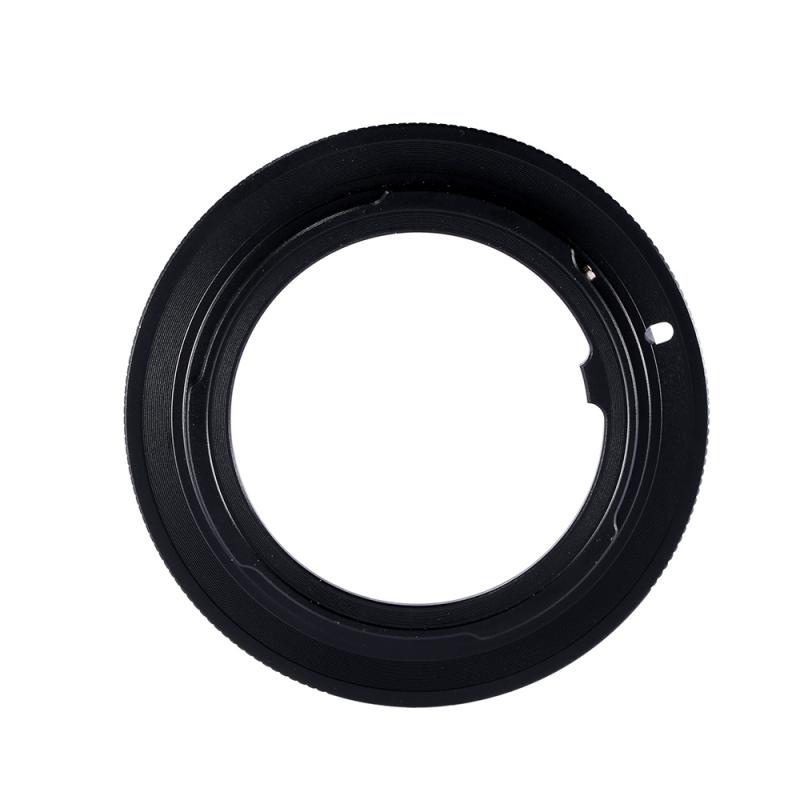
3、 Trinocular microscope: 3 objective lenses.
A trinocular microscope typically has three objective lenses. These lenses are an essential component of the microscope and are responsible for magnifying the specimen being observed. Each objective lens has a different magnification power, allowing the user to view the specimen at various levels of detail.
The objective lenses are located on a rotating nosepiece, which allows the user to easily switch between different magnifications. The magnification power of each lens is usually indicated on the lens itself, typically ranging from 4x to 100x or higher. The lowest magnification lens, often referred to as the scanning lens, provides a wide field of view but less detail, while the higher magnification lenses offer a narrower field of view but greater detail.
It is important to note that the number of objective lenses on a microscope can vary depending on the specific model and purpose of the microscope. While trinocular microscopes commonly have three objective lenses, other microscopes may have fewer or more lenses. For example, a compound microscope typically has two or more objective lenses, while a stereo microscope may have only one objective lens.
In recent years, advancements in microscope technology have led to the development of microscopes with more objective lenses. Some high-end research microscopes now feature up to six or even more objective lenses, allowing for a wider range of magnification options and greater flexibility in observing different types of specimens.
In conclusion, a trinocular microscope typically has three objective lenses, but the number of lenses can vary depending on the specific microscope model and purpose. The advancement in microscope technology has led to the availability of microscopes with more objective lenses, providing researchers and scientists with enhanced capabilities for observation and analysis.
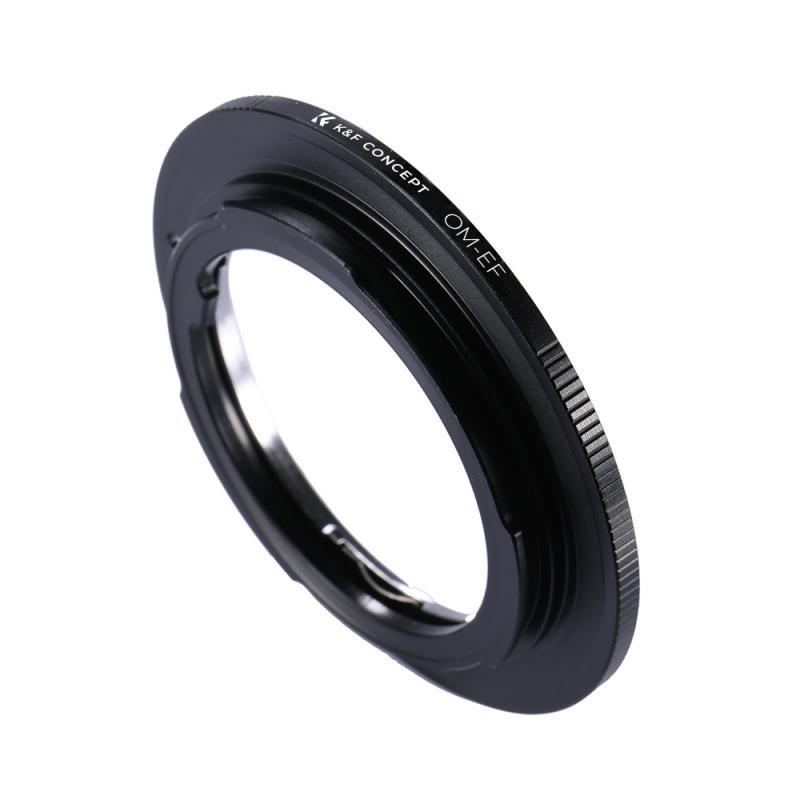
4、 Compound microscope: Typically 2 or more objective lenses.
Compound microscopes are widely used in scientific research, education, and various industries to observe and study microscopic specimens. These microscopes consist of multiple lenses that work together to magnify the image of the specimen. One of the key components of a compound microscope is the objective lens, which is responsible for gathering light and forming the primary image.
Traditionally, compound microscopes have been equipped with two or more objective lenses. These lenses are designed to provide different levels of magnification, allowing users to observe specimens at various levels of detail. The most common objective lenses found on compound microscopes are 4x, 10x, 40x, and 100x. These lenses offer magnifications of 40x, 100x, 400x, and 1000x respectively when used in combination with the microscope's eyepiece.
However, it is important to note that recent advancements in microscope technology have led to the development of microscopes with a greater number of objective lenses. Some modern compound microscopes now come equipped with up to six or even more objective lenses. These additional lenses provide even higher levels of magnification and allow for more detailed observations of microscopic specimens.
The inclusion of multiple objective lenses on compound microscopes is essential because it allows users to switch between different magnifications without having to change the entire microscope setup. This convenience is particularly important when studying specimens that require examination at different levels of detail or when comparing different areas of the same specimen.
In conclusion, compound microscopes typically have two or more objective lenses, but recent advancements have led to the development of microscopes with a greater number of lenses. The inclusion of multiple objective lenses enhances the versatility and functionality of the microscope, enabling users to observe specimens at various magnifications and levels of detail.
